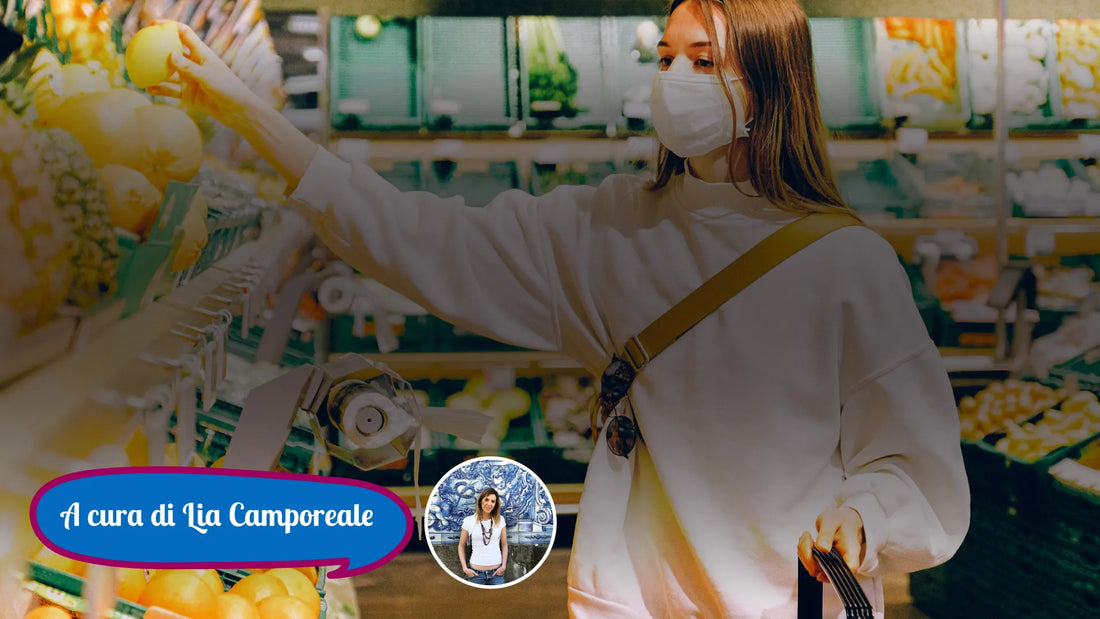Endometriosis Diet
Endometriosis diet: list of the recommended foods and those to avoid
![]()
Author of the blog I Love Being Healthy
“The diet you choose to follow can be a true ally to your organism, especially in the presence of diseases like endometriosis. An anti-inflammatory diet can help you mitigate the symptoms, pain and fatigue, provide more energy for the day and improve, in general, your quality of life.” (read here [1] to learn more!)

Below there is a list, as exhaustive as possible, of the foods that you should always have in your pantry and fridge, as well as of those that should be reduced or avoided: this is a practical tool to better understand what to put on your grocery list.

PLEASE NOTE: these are guidelines. They are valid in general, but you should always consider that, even when sharing the same disease, every woman is different. Therefore, every woman has specific nutritional needs depending on the endometriosis stage and localization, other associated diseases and food intolerances. Thus, according to this list, I suggest finding an expert (doctor or nutritionist) that might help and support you in your daily decisions and adjust the dietary regime for your necessities.
👉 Did you know that Endoplus PRO – a natural dietary supplement for endometriosis – reduces abdominal swelling, inflammation and tiredness? –> Learn more about how it works and the related scientific studies.
WATCH THE LABELS!!

Read the ingredient list before buying any packaged product. Captions such as “gluten-free” or “lactose-free” do not always correspond to a better product. In general, the less the ingredients on the list, the better. The first ingredient on the list is the most abundant in the product and so on, with the last one being the ingredient in the lowest quantity. As regards the products of the same type, choose those containing fewer sugars, syrups, preservatives or unknown ingredients.
Let’s see more specifically which foods we are talking about!
1. CEREALS, FLOURS & CO.

✅ Gluten-free pasta (made from wholegrain rice, quinoa or buckwheat); spelt pasta.
✅ Legume pasta (made from chickpeas, red lentils or peas).
✅ Rice (preferably wholegrain, black, red or basmati); white rice, in moderate amounts.
✅ Cereals and pseudocereals: buckwheat, millet, quinoa, amaranth, barley and spelt.
✅ Crackers and puffed cakes made from the allowed cereals.
✅ Cereal flakes (rice, buckwheat, quinoa, spelt, etc.).
✅ Gluten-free bread crumbs (100% wholegrain rice or, however, without added sugars).
✅ Flours made from the allowed cereals (buckwheat, millet, wholegrain rice, spelt, teff, tapioca, etc.); flours made from dried fruits (almonds, hazelnuts, etc.); flours made from legumes (chickpeas, broad beans, etc.).
✅ Potato starch.
⚠ Mais: verifica che non ti dia intolleranza o problemi di digestione. Può provocare acidosi e permeabilità intestinale, ed ha un alto indice glicemico. Se lo tolleri, puoi inserirlo nel quadro di una dieta variata in chicchi, sottoforma di farina di mais, polenta, o come amido di mais.
⚠ Corn: check whether it can cause you intolerances or digestion problems. It can induce acidosis and leaky gut syndrome, and it has a high glycaemic index. If you tolerate it, it can be included in a varied diet as kernels, flour, cornmeal mush or corn starch.
⚠ Rye and oat: some experts are against them, while others recommend them for their vitamin and fibre supply. Check your tolerance, the quantity and frequency of consumption might influence how your organism responds. As for oat, there is a certified gluten-free version.
⚠ Wheat: read qui [2] the detailed article of the Endoplus blog about nutrition.
⚠ Gluten-containing products: if you suffer from coeliac disease, gluten must be completely avoided. Try to understand, with the help of your doctor or nutritionist, whether you might be intolerant or just feel better without it. In the first case, avoid wheat, barley, spelt and any other packaged product containing gluten.
❌ Refined flours (especially the 00 type) and packaged products containing them (such as pasta, crackers, bread, toasted bread, etc.).


